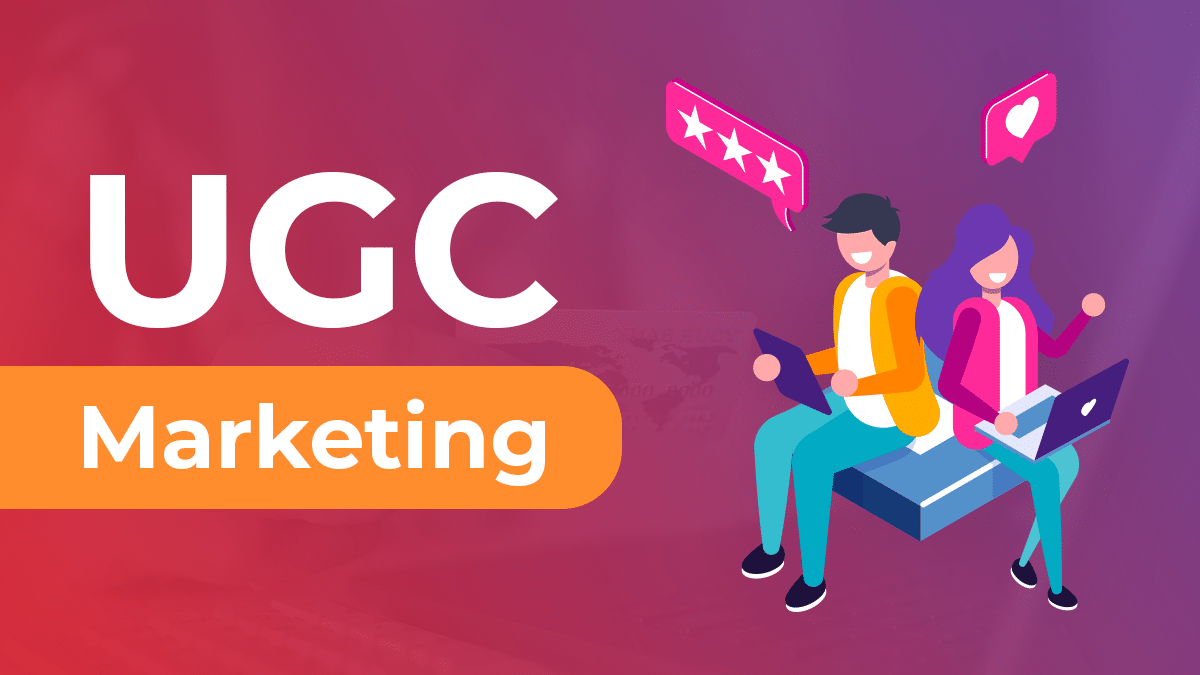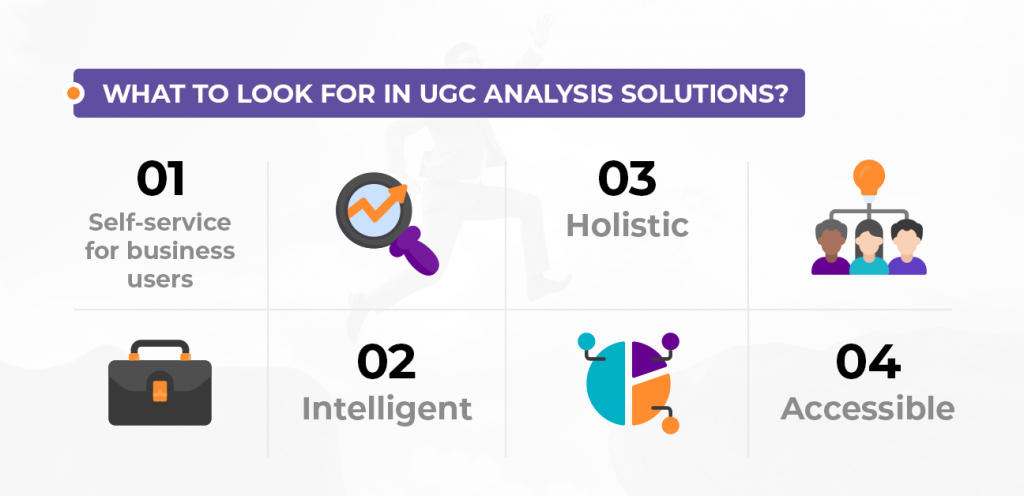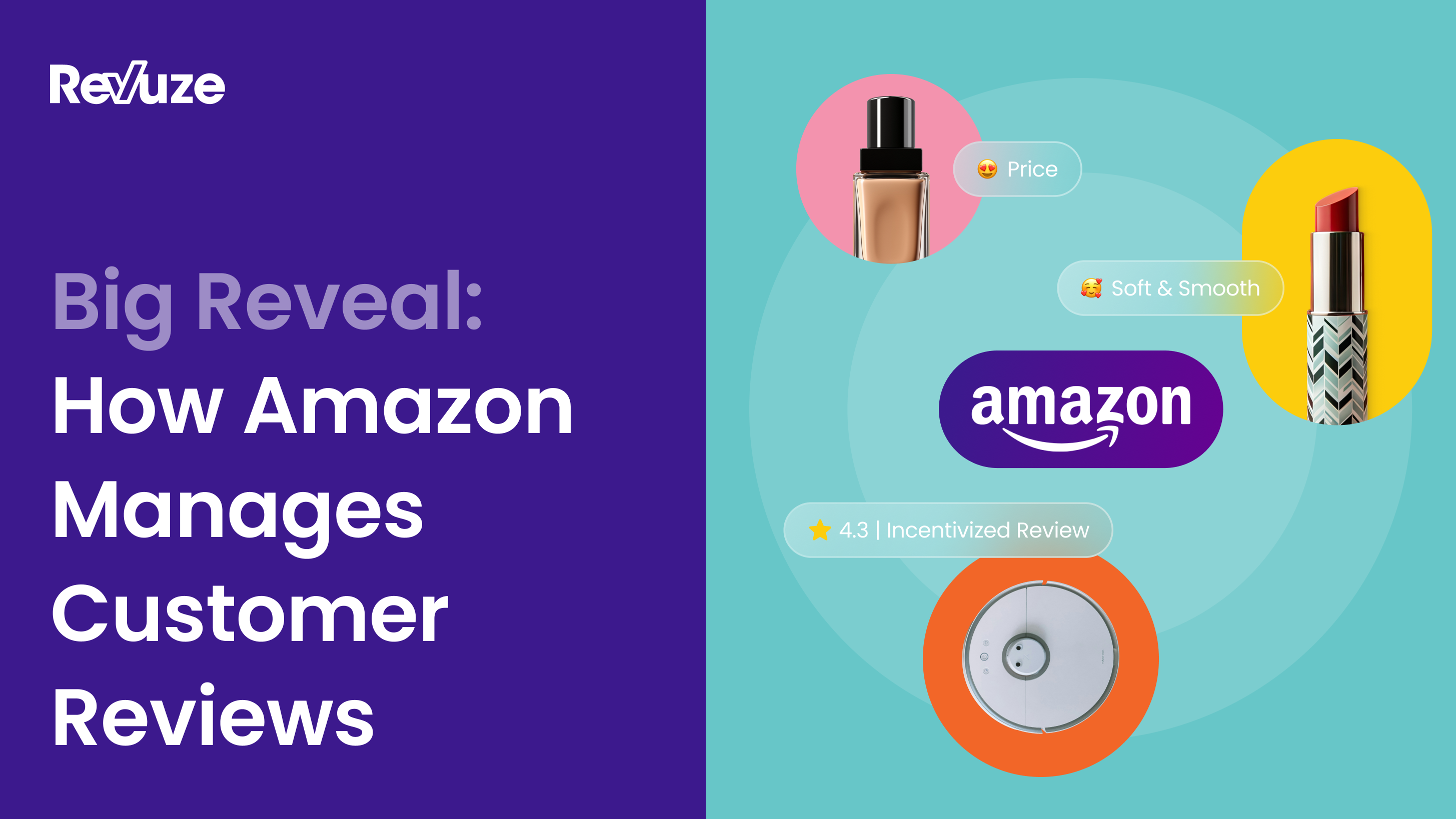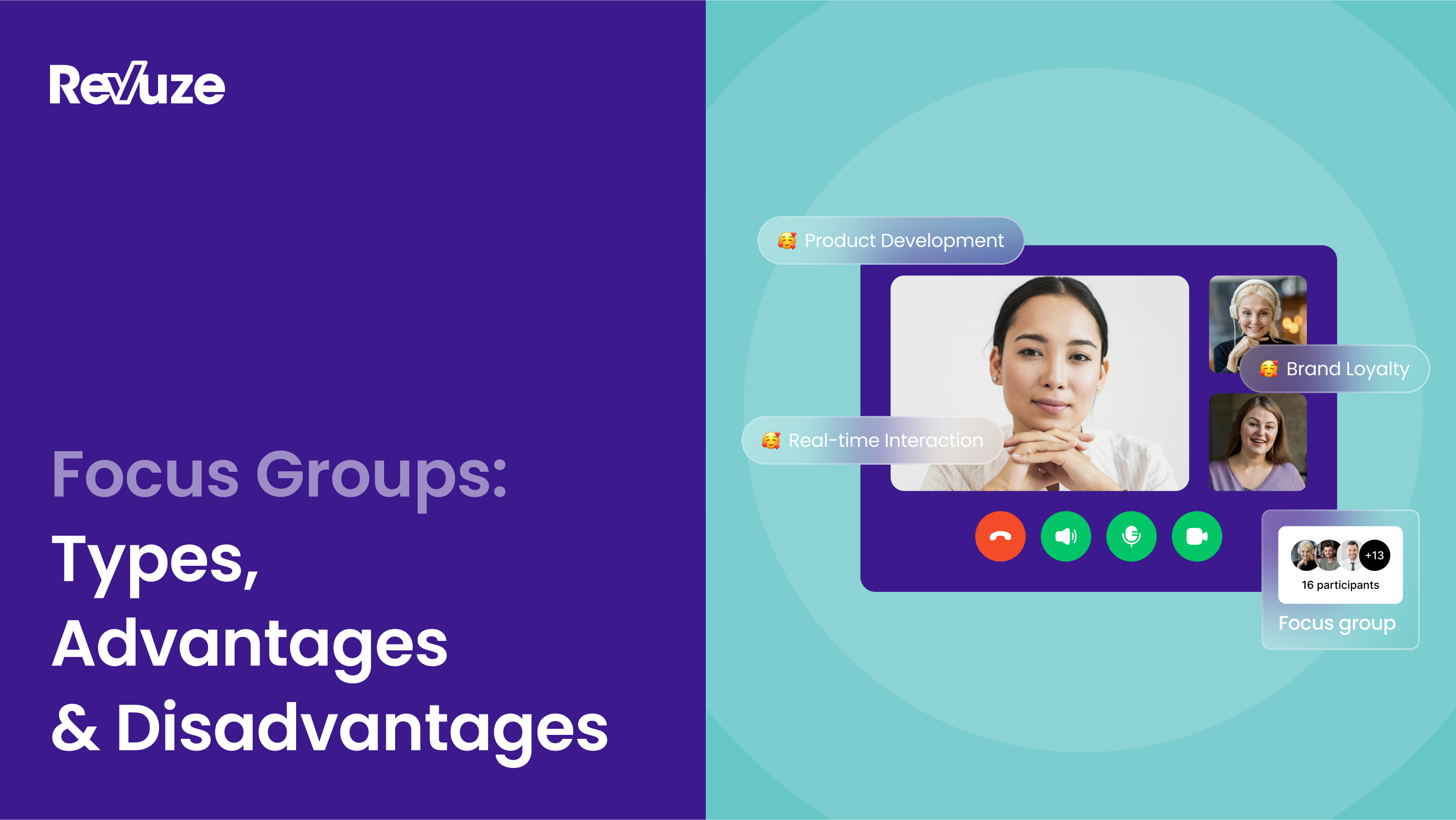
What is UGC Marketing
UGC Marketing (User Generated Content) is growing at a scary rate. We all love to share, review and comment on experiences, products and places. UGC is part of the growing world volume of unstructured data, that per IDG is growing at a rate of 62% per year and IDG predicts that by 2022, 93% of all data will be unstructured. That’s a lot of data for you. With so much data you’d expect brands to be able to shorten feedback loops and tighten customer relationships. However, per a recent Nielsen study, 80% of small and mid-size CPG companies report that information gaps limit their ability to grow.
So what are we missing? What’s needed to turn UGC to actionable and easy to consume data for brands?
What are the benefits of user-generated content?
UGC is first and foremost authentic. The majority of customers share authentic moments and experiences from their lives with the hope to make a difference in their friends and family’s lives through inspiration, lessons learned and spreading the word about what is good or not.
For example:
- 89% of customers would post about a positive travel destination experience
- 85% of customers would post about a positive dining experience
- 65% of customers would post about a positive health or beauty product experience
Since other customers recognize it, 79% of people say UGC highly impacts their purchasing decisions. Because of this, brands love it too and encourage customers to leave feedback, comments and ratings. The goal is to encourage eCommerce conversion, website visitor time spent and overall engagement.
Why is it so hard to leverage UGC data?
UGC is a form of unstructured data. Unstructured means there is no specific pattern to the data. Unlike structured data such as an address or credit card numbers that have a well-known pattern and thus are easily recognizable by technology, UGC can be of different length, structure, format, content etc.
UGC examples could be videos, calls into the service center, online reviews, social media mentions and open-ended survey questions. There’s a huge opportunity to mine this data to gain deep insights into the things that are top of mind to your customers. However what is required here is something that can turn a “free form” opinion by any customer into a collection of feedback sorted by topics, sentiment, product and brand.
Let’s look at some examples of topics discussed about a products/services:
- “Like the coffee in this Starbucks location“ = Positive mention of Taste for brand Starbucks at Location X = Starbucks/Location X/Taste/Good (+1) positive mention
- “Love the screen of this Apple iPhone model X Pro” = Apple/X Pro/Screen/Good (+1)
- “Hate the sound of music on the Apple iPhone model X Pro speaker” = Apple/X Pro/Speaker/Bad (+1)
To achieve the above you basically need to transform positive UGC mentioned to +1 on the counter of the brand/product/topic catalogue and eventually divide the end result by a counter of both positive/neutral/negative mentions of that brand/product/topic to define the sentiment in the market.
Basically, market sentiment of Apple iPhone X Pro/Screen = Apple/X Pro/Screen/Good / (Apple/X Pro/Screen/Good + Apple/X Pro/Screen/bad).
The same way eventually all these features discussed are rolled up to provide the sentiment for the entire phone –
Apple iPhone X Pro = Apple/X Pro/ALL FEATURES/Good / (Apple/X Pro/ALL FEATURES/Good + Apple/X Pro/ALL FEATURES/bad).
This way if 79% of customers say good things about Apple iPhone X Pro features, it ranks 79%. If the equivalent Samsung has a 74% rank – we’ve got a benchmark!
It’s no secret that understanding customer opinions today relies on human efforts – data scientists, analysts and IT expert; They train AI machines to search for patterns such as our examples in UGC. Like any other industry that relies on manual labor, it is slow, expensive and eventually doesn’t lend itself to analytics at scale of UGC. Which is why per Nielsen 80% of small to midsize CPGs report that information limits their growth.
If you could easily leverage UGC, what would you find?
As you can guess based on the examples above, there is a lot of valuable information in UGC, especially as it’s so authentic. The benefits hidden in this data are typically valuable for these departments and use cases:
- Corporate/marketing: Complete market mapping. Brand perception. Competing brands perception, trending and new brands
- Product management, product marketing, quality assurance: Product usage feedback, new product launch, competitor product usage feedback, customer wish lists, new products in the market, new brands
- Customer service: Service and support feedback, warranty feedback, return and refund experiences
- eCommerce, marketing: Shopping experience, inventory, shipping, packaging, as advertised
Considering how competitive consumer markets are today, you can easily draw the line between the above types of insights and business growth.
What to look for in UGC Analysis solutions?
There is a new and rare breed of fully automated solutions, ones that can tackle UGC and turn it into granular business intelligence. To truly understand consumers today the requirements from a modern Customer eXperience (CX) or Voice of the Customer (VoC) analytics solution are:
- Self-service for business users – no experts, predefinitions, workflows definitions, etc.
- Intelligent – will identify topics, trends and issues for you
- Holistic – will show you one picture for all data sources or languages
- Accessible – no middlemen, usable by every business role
For a more detailed discussion see our post on the makings of an actionable CX Analytics solution.

Conclusion
UGC is here and is growing in strength and influence. Customer love it and because of that brands love it, too. So, it is here to stay. With the right solution, you can turn it into a powerful benchmarking solution for your organization, helping departments such as marketing, product, service, sales and eCommerce make competitive decisions faster and with a better hit rate.
This is good news for brands as the data now exist for them to leverage it, and the tools to turn this data into insights exist as well. You just need to select them carefully so they can move your business departments forward instead of becoming a liability on your IT department.Revuze is an innovative software vendor that addresses just this with the first self-training, low touch Voice of the Customer solution that can mine customer data such as UGC automatically and serve back business insights. To find out more reach out to us here.
 All
Articles
All
Articles Email
Analytics
Email
Analytics








 Agencies
Insights
Agencies
Insights